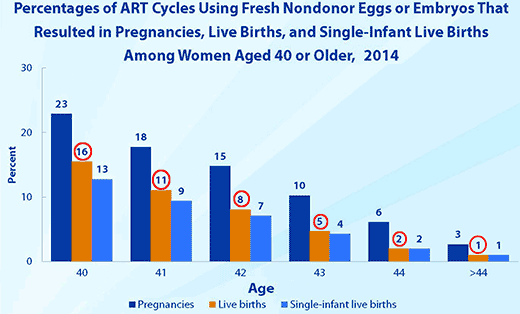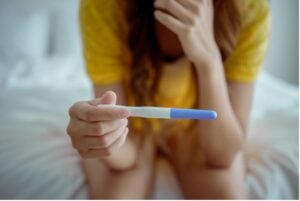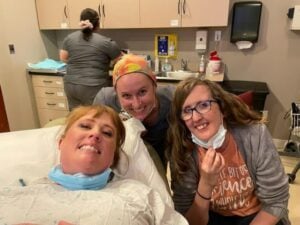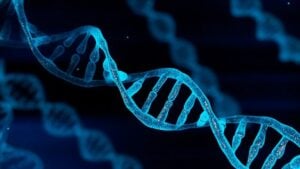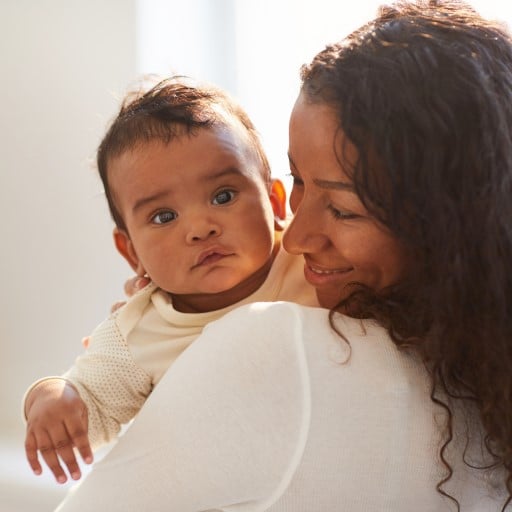At age 40 and above women have reduced fertility potential as compared to that seen in younger women. They also have substantially lower success rates with fertility treatments including in vitro fertilization (IVF).
When couples are trying on their own to get pregnant the fertility issue that reduces chances for success is related to the quality of the eggs. With treatments such as IVF, the issue that holds back success potential is both egg quality and egg quantity.
Age Limits for IVF Treatments
How Does Egg Quality Affect Fertility and IVF?
The quality of the egg is the most critical factor involved in determining the quality of the embryo. With IVF treatment we hope to get multiple embryos so we can choose the best one(s) from a group to transfer back into the uterus.
A big part of the “egg quality” equation involves the chromosomal status of the egg. The rate of chromosomal abnormalities in eggs (and therefore also in embryos) increases significantly with advancing female age. At age 30 about 30% of eggs are chromosomally abnormal. By age 40 about 60% are abnormal and by 44 years old 90% are abnormal.
Preimplantation genetic testing for aneuploidy (PGT-A) can be used to test embryos for chromosomally normalcy (euploidy) prior to transferring them to the uterus. Embryos that have normal chromosomal analysis after PGT-A have a very high potential for implantation and live birth
How Does Egg Quantity Affect Fertility and IVF Success Rates?
The quantity of eggs remaining in a woman’s ovaries is often referred to as “ovarian reserve”.
The quantity of remaining eggs probably does not have a large impact on natural fertility (trying to get pregnant “naturally”). However, when going through a fertility treatment such as IVF, the quantity of eggs remaining influences response to ovarian stimulating medications.
More eggs remaining means more eggs retrieved with the in vitro cycleMore eggs to work with in an IVF cycle gives a higher chance for successful pregnancy
In Vitro Fertilization Success Rate Statistics by Female Age – and After Age 40
- The charts below illustrate the rate of live births per embryo transfer procedure by the age of the recipient of the embryos.
- The data shows the impact of advancing female age on IVF success.
- Although these age and fertility statistics are specifically about IVF success, there is a similar loss in fertility potential with aging in the general “normal fertile” population.
The graphs below are from the 2014 ART Success Rates report published by the CDC, Centers for Disease Control and Prevention, a US government agency. This report was generated from national data from about 450 reporting clinics and over 200,000 IVF cycles.
The green line shows IVF success rates using the infertile woman’s own eggs
The blue line shows success rates using donor eggs
The graph above illustrates infertility increasing with advancing female age.
- The decline in live birth success rates by female age beginning at about age 30
- This curve becomes steeper (egg quantity and egg quality decreases faster) starting at about age 38
- At age 44 and above there are almost never babies born from IVF using a woman’s own eggs
- The success rate using eggs over age 44 is about 1% per attempt.
Another point shown here is that there not a substantial decline in success by age of the recipient woman with donor egg IVF.
- The age of the eggs is very important
- The age of the uterus carrying the embryos is not important
In Vitro Fertilization Success Statistics from the CDC for Age 40 and Over
Circled in red on this graph for USA national average 2014 IVF live birth rates
Under age 35: Live birth rate per cycle of 37%
Age 41 to 42: Live birth rate of 10%
Age 43 to 44: Live birth rate of 4%
This graph from the CDC zooms in on national average IVF statistics for women over age 40 for 2014
The IVF live birth percentage rate per cycle for each age is circled in red
Age 40: Live birth rate of 16%
Age 43: Live birth rate of 5%
Age over 44: Live birth rate of 1%
- The national summary (as well as clinic specific results) of IVF success rates for cycles done in years 1995 through 2015 are posted on the CDC website.
- See our IVF success rates
- See our egg donation success rates
- What to do if the first IVF cycle fails
Age Limits for In Vitro Fertilization
All clinics have some upper age limit after which they will not perform in vitro fertilization with the woman’s own eggs.
IVF age limits are not the same at every program
- The age limit is usually between 42 and 45 at most programs in the US
- The IVF live birth rate is < 1% for women older than 45 years old. Therefore, our age limit for IVF using own eggs is 45 (no IVF with own eggs after the 46th birthday)
- Most IVF clinics allow a woman to be a recipient of donor eggs through about age 50
A dark, low quality egg with an irregular shape from a 41 year old The egg is the ovoid structure in the center surrounded by hundreds of ovarian cumulus cells




